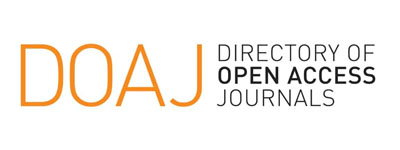The Biodeversity of Mangrove in Ngantep Coastal, Malang District
Abstract
The purpose of this research are (1) to identify and analyze mangrove vegetation on the Ngantep Coast; (2) Identify associated biota in mangrove vegetation on the Coast Ngantep. The research was conducted in the Coast Ngantep area of Kabupaten Malang in april 2016. The method of measurement mangrove by using the method the combination and line transect plot with line plot 10 x 10 m2 long, in each line there are subplot with 5x5 m2 and     2x2 m2 long. The categories of sample will be discribed were trees, sapling and seedling. The result of thie researh found that the composition and the vegetation level of mangrove forest divided into IVI Sonneratia alba (tree) 128.63%, (sapling) 62.19%; Excoecaria agallocha (sapling) 63.72%; Xylocarpus granatum (sapling) 29.45%; Rhizophora mucronata (seedling) 116.21% and Nypa fruticans (seedling) 83.79%. The number of IVI discribe that Sonneratia alba very strong influence for the stability of ecosystem in mangrove forest in sute research. There were five families that make up the mangrove vegetation: Lythraceae, Rhizophoraceae, Euphorbiaceae, Meliaceae and Arecaceae. Mangrove vegetation on the Ngantep Coast dominated by the mangrove species of Sonneratia alba, with the low ecosystem show not yet stable. Fauna in mangrove vegetation Ngantep Coast become form between two groups of terrestrial and aquatic.
Keywords: associated biota, biodiversity, composition, mangrove, structure
Downloads
Published
Issue
Section
License
Authors who publish with this journal agree to the following terms:
- Authors retain copyright and grant the journal right of first publication with the work simultaneously licensed under a Creative Commons Attribution License that allows others to share the work with an acknowledgement of the work's authorship and initial publication in this journal.
- Authors are able to enter into separate, additional contractual arrangements for the non-exclusive distribution of the journal's published version of the work (e.g., post it to an institutional repository or publish it in a book), with an acknowledgement of its initial publication in this journal.
- Authors are permitted and encouraged to post their work online (e.g., in institutional repositories or on their website) prior to and during the submission process, as it can lead to productive exchanges, as well as earlier and greater citation of published work (See The Effect of Open Access).














